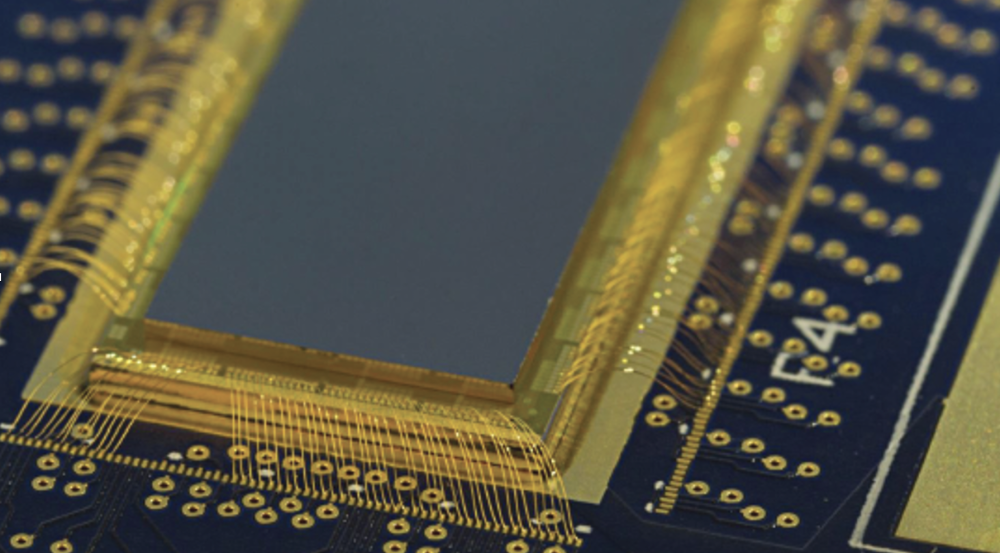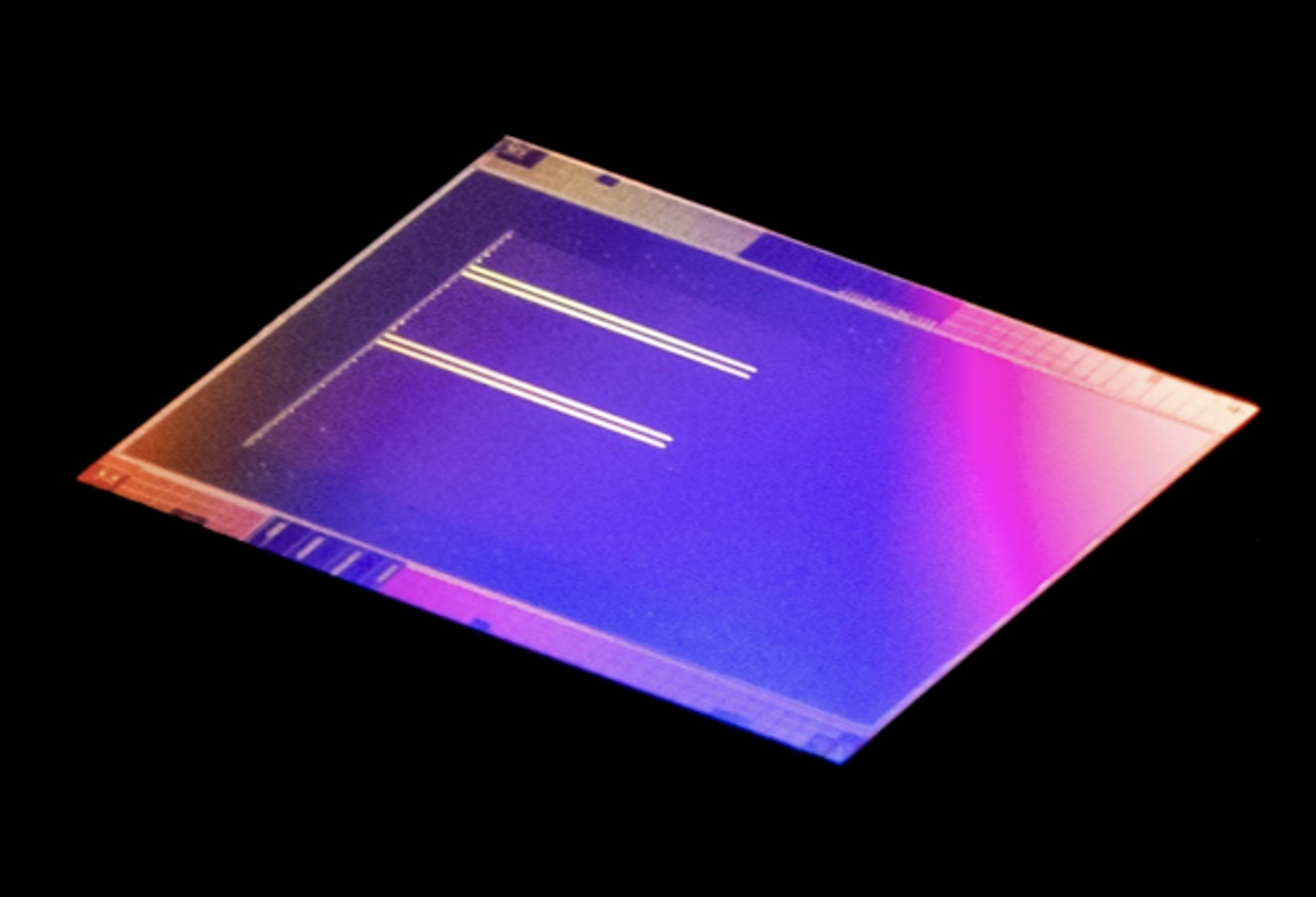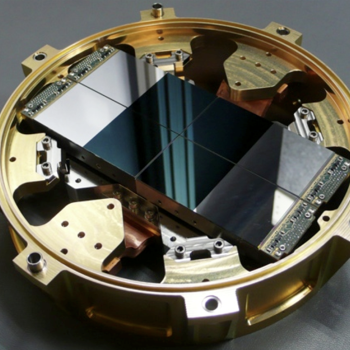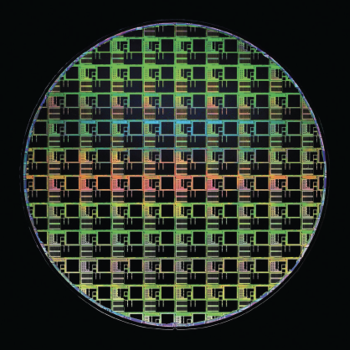Advanced Imaging Technology

MIT Lincoln Laboratory has long been a leader in advanced imaging for defense and scientific applications. Our imaging capabilities are broadly classified into three categories: charge-coupled devices (CCDs), avalanche photodiodes (APDs), and digital focal plane array (DFPA) technology.
KEY FEATURES
-
Extremely low noise, highly sensitive CCD imagers
-
Geiger-mode (GM) APDs with single-photon sensitivity and noiseless digital readout
-
DFPAs containing a complete analog-to-digital converter in every pixel, enabling image processing on the focal plane
Charge-Coupled Devices
Our CCDs are used in ground, air, and space-based applications of interest to the government and scientific research community. These CCDs span a range of wavelengths including visible, near infrared, ultraviolet, and soft X-ray. Among imagers employing our CCDs are the four cameras on the Transiting Exoplanet Survey Satellite (TESS), which is discovering exoplanets by measuring the tiny drop in a star's light intensity when a planet passes in front of it, and the Space Surveillance Telescope’s curved focal planes that provide a uniform and wide field of view.
Geiger-Mode Avalanche Photodiodes
For passive imaging, the noiseless readout of our GM-APDs enables photon counting, providing both the requisite sensitivity for low-light applications and photon count rates for optical communications. APDs are also employed in active ladar systems to time-stamp photon arrival times, enabling 3D imaging in compact airborne systems. We fabricate APD arrays on both silicon and compound semiconductor materials for sensitivity to both visible and infrared light.
Digital Focal Plane Array
Our DFPAs enable sensors with in-pixel computation and inter-pixel data communication to allow image processing at the focal plane prior to transmitting data to a display or computer. DFPAs have been built into a number of systems for use in infrared imaging applications. Fielded systems have helped protect soldiers at forward operating bases, while prototype systems have demonstrated wide-area motion imagery from an airplane and assisted pilots when landing helicopters in degraded-vision environments.
Going Forward

-
Utilize new architectures and fabrication techniques to combine the exquisite uniformity and sensitivity of CCDs with the low voltages and high speeds of CMOS imagers
-
Take advantage of on–focal plane processing capability to improve information extraction and enable a new generation of autonomous imaging sensors
-
Develop novel superconducting imagers to enable simultaneous imaging and spectroscopy

